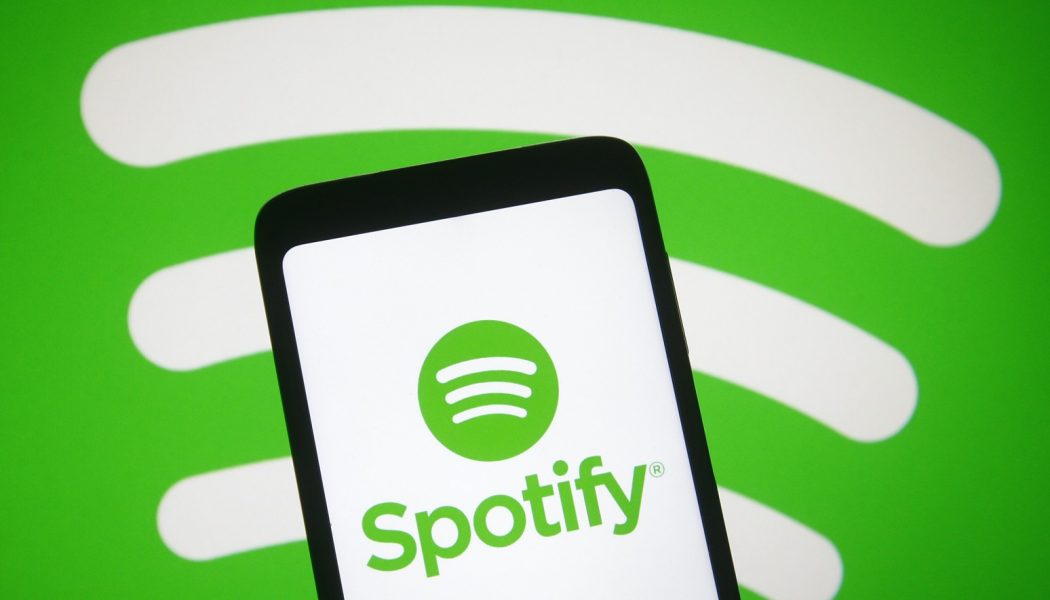
Meanwhile, in the U.K., Student, Duo and Family Plan subscriptions will also see a price hike, up one pound apiece for Student and Duo plans to £5.99/month and £13.99/month, respectively, with Family Plan subscriptions rising £2 to £16.99/month. The raises were first reported by The Verge, which also reported that some other countries in Europe will see Student and Duo plans rise by one euro/month and Family Plans by three euros/month, with increases in Asia and South America as well.
“With more than 70 million tracks and 2.2 million podcasts, Spotify continues to innovate and invest in providing our listeners with greater value than ever before, including the best audio content and user experience,” a spokesperson told Billboard in a statement. “We offer a variety of subscription plans tailored to our users’ needs, and we occasionally update our prices to reflect local macroeconomic factors and meet market demands while offering an unparalleled service.”
The price increases have long been forecast, with Ek saying last October that “based on our maturity in certain markets and the increasing value we provide to our subscribers — including enhanced content — we’ve seen engagement and more specifically value per hour grow substantially over the past few years.” He continued, “I believe an increase in value per hour is the most reliable signal we have in determining when we are able to use price as a lever to grow our business.”
And increases may be an important piece of Spotify’s continued growth plan, as it looks to continue to grow revenue at a time when its licensing costs account for some 70% of the money it brings in.
The price hikes have been on the cards for a while, with hikes being tested in Scandinavia — Spotify’s home turf — in the summer of 2019, and their further implementation being presumably slow rolled by the onset of the pandemic. (Ek had said the company would “tread carefully” while the pandemic raged.) What was unclear was what those price hikes would look like, and whether they would come in the form of additional subscription tiers — such as the HiFi option, which is on the cards for later in the year — or some form of subscription or payment tied to podcasts, which have been a particular point of emphasis for the company in recent years.
In the U.S., Spotify hasn’t increased the price of its singular premium subscription from its $9.99/month rate in the decade since it launched, having preferred to introduce different types of plans and bundles at different price points to draw in new subscribers. Complicating matters is that its biggest competitors — Apple Music in particular — are also priced at $9.99/month for their music subscription with essentially the same catalog of music on offer. That means that the varied price points in streaming TV that are seen with competing services like Netflix, Hulu and Disney+, for example, don’t apply as comparisons, given that those services offer different libraries of content.
But podcasts are the differentiators here for audio streaming services, and those will likely take center stage as additional price increases are mooted, tested and rolled out in the coming months or years. Last week, for instance, Apple announced that it will begin allowing podcasters to offer individual subscriptions for fans beginning in May, with ad-free listening and exclusive content as the draws. That is similar to what Spotify announced in February that it would be rolling out for its podcast creators, which will be part of “diversified options” around paid subscriptions that its creators will be able to utilize — though, as yet, there hasn’t been further detail on when that would begin to be implemented.
Later this week, Spotify will present its first quarter earnings for 2021, when further details may become available. At its last report, covering the fiscal year 2020, the company reported it had 155 million paid subscribers around the world, with 345 million monthly active users and $9.5 billion in revenue for 2020.










